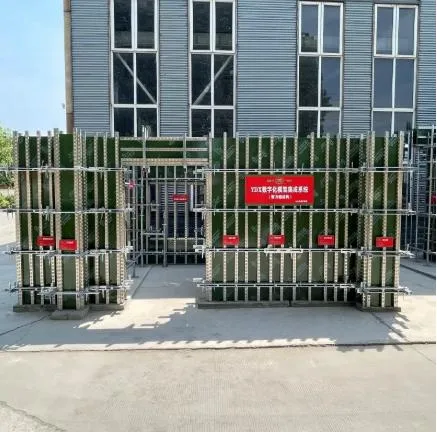
Rust-Resistant and Rugged: The Benefits of Stainless Steel Keels
Stainless steel keels have become a cornerstone in both construction and marine industries, offering exceptional durability, corrosion resistance, and versatility. Whether you are working on structural frameworks, watercraft, or innovative designs, the stainless steel keel is the ultimate solution for long-lasting and reliable performance.

How Stainless Steel Keels Outperform Timber Steel in Durability
When comparing timber steel to stainless steel, it becomes clear why stainless steel is the preferred choice for keels. While timber steel has its advantages, such as cost-effectiveness and ease of use, it cannot compete with the strength and longevity of a steel keel.
Stainless steel keels are engineered to resist rust, moisture, and other environmental factors that compromise traditional materials. Unlike timber steel, which may warp or degrade over time, stainless steel remains stable and retains its structural integrity even in the harshest climates. This durability makes it an essential component in critical infrastructure and heavy-duty projects.
The Importance of Stainless Steel Keel Protectors in Construction and Marine Applications
Adding a stainless steel keel protector to your keel enhances its lifespan by shielding it from wear and tear. Whether in construction or marine applications, keel protectors act as a barrier against abrasive forces, reducing the impact of daily stressors.
For watercraft, the stainless steel keel protector prevents damage caused by underwater debris and repeated contact with docking surfaces. In construction, particularly in systems like the wall formwork system, protectors ensure that the keels maintain their shape and effectiveness during extended use. By incorporating these protectors, you can significantly minimize maintenance costs and extend the functional life of your keels.
Light Steel Keels: A Versatile Choice for Modern Structures
The light steel keel is revolutionizing modern construction with its lightweight design and impressive load-bearing capacity. Used extensively in residential and commercial projects, light steel keels are a critical component of systems such as the wall formwork system, providing reliable support while remaining easy to transport and install.
What sets light steel keels apart is their adaptability. They can be seamlessly integrated into a variety of architectural frameworks, offering stability without adding unnecessary weight. This is particularly useful in modular construction, where quick assembly and disassembly are key. Additionally, the corrosion resistance of stainless steel ensures that even light steel keels can withstand challenging environments, from coastal regions to industrial zones.
The Role of Wall Formwork Systems in Maximizing Keel Performance
A wall formwork system is an indispensable tool in modern construction, enabling precise shaping and support of concrete structures. When paired with a steel keel, these systems achieve unparalleled stability and accuracy.
The integration of stainless steel keels within wall formwork systems ensures durability, especially in large-scale projects where precision and strength are critical. By using stainless steel components, the formwork remains rigid and resistant to bending, even under significant pressure. This not only improves the quality of the finished structure but also enhances safety on-site.
Why Stainless Steel Keels Are Ideal for Harsh Environments
The steel keel is specifically designed to withstand the most demanding conditions. Its resistance to rust and wear makes it ideal for environments exposed to saltwater, heavy rainfall, or industrial pollutants. For example, in marine applications, the stainless steel keel protector safeguards the keel from corrosive elements while maintaining its sleek appearance.
In construction, using stainless steel ensures that keels retain their functionality over time, even when subjected to extreme weather or heavy loads. Whether you’re building skyscrapers, bridges, or industrial facilities, the ruggedness of stainless steel keels guarantees long-term reliability and reduced maintenance needs.
Stainless steel keels have become indispensable across various industries due to their superior durability, resistance to harsh environments, and compatibility with advanced construction systems like the wall formwork system. The addition of a stainless steel keel protector further enhances these benefits, ensuring maximum performance and minimal wear over time.
-
Stainless Steel Keel: Analysis of the Triple Advantages of Rigidity, Stability, and LightweightNewsJun.19,2025
-
New Building Scaffolding System: Technological Innovation and Application Prospects of ScaffoldingNewsJun.19,2025
-
Double Diameter 48 Round Pipe Construction Method Using Light Steel Keel Knife Instead of Traditional Reinforcement ApplicationNewsJun.19,2025
-
Bar Tie Reinforcement: Quality Assurance and Reinforcement Efficiency EnhancementNewsJun.19,2025
-
Application of Square Column Reinforcement in Wall and Top StructureNewsJun.19,2025
-
Activo Scaffolding: Effective Development Practice Based on Reasonable Template Design and Supporting System ConfigurationNewsJun.19,2025
-
Optimizing Structures with Square Column ReinforcementNewsJun.10,2025










